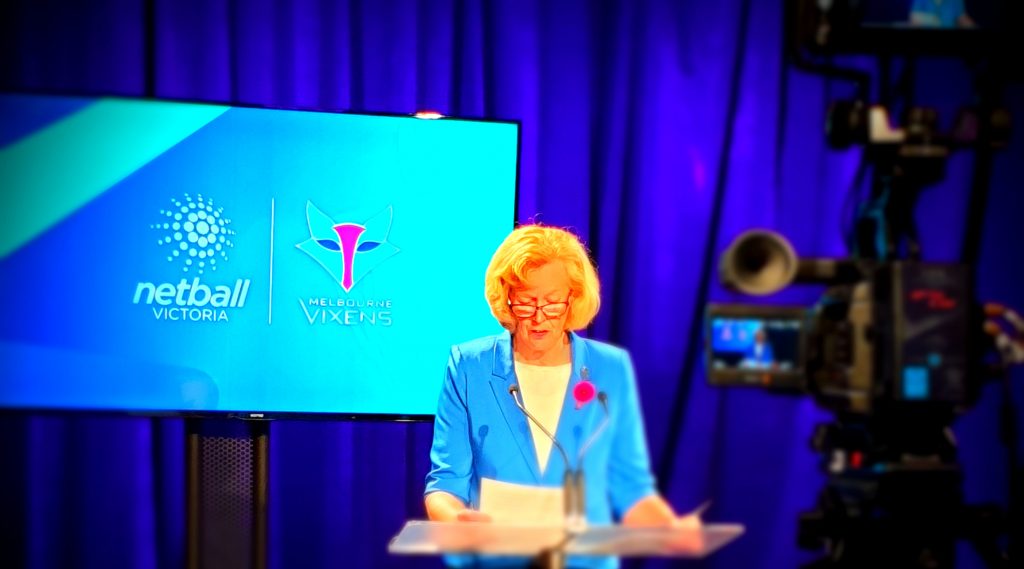The time has come to review how to best future-proof your business events and maintain a strong connection with your audiences. Within the events industry, there is a pressing need to make the hard and fast decisions if you want to come through the other side of this game-changer.
1. Technology trumps
Whilst technology has always been an important part of running events, from now on it will be even more integral.
Pwc moved 8,000 of their workforce onto remote working in just two weeks. They have learnt vital lessons during this time. One of which is the opportunity to innovate and look beyond immediate technology needs.
So how is this related to events? Events are going to take a long time to return to what we knew as normal. In fact, this disruption may just have changed them forever. Technology and people’s ability to master it has become much more front and centre. So, the transition to the online environment may be now easier than it ever was.
Embrace the Virtual
It’s time to embrace the Virtual Event (aka live-stream, broadcast, webcast). Unbound by physical environments, they are the ‘new black’ of events. They can easily slot in to replace planned events on your existing marketing calendar as long as you take the time to apply meticulous planning and use quality technologies.
Whether they are free to attend or monetised, virtual events offer greater ROI. Realising opportunities for profit through savings on venue, catering, travel costs, and additional staff, they can be attractive to larger audience attendance than live events, which in turn can attract greater sponsorship opportunities.
2. Flexibility is key
During this time many organisations shifted all or part of their workforce to the working-from-home model. Apart from the odd connectivity road bump or network capacity issue it appears that employees reaped the benefits. Zero commute times, cost savings on food and travel, and a change to their work-life balance. Consequently, this is altering the way businesses are thinking about the future. Right now.
NAB have shared insights on how they plan to design their future way of working. Their team of 32,000 were surveyed only to find that about 80 per cent wish to continue to have the flexibility to work from home. Of those, 45 per cent have found they have been more productive, and 36 per cent have experienced no real change in productivity.
With this ‘new flexible-normal’ coming down the track, consideration needs to be given to how you will communicate with internal teams in a meaningful and effective way.
Exit (at least for the immediate future) your Town Halls, large team sessions, external conferences, conventions and symposiums, the list goes on.
Bring Hybrid into play
Enter the Hybrid Event model. A mix of live and virtual, where there may be a number of attendees at several locations, other cohorts or individuals attending online, and a live host bringing it all together. These two-way events allow several rivulets to converge into one stream. Backed by great technology and in-depth production planning, much like Virtual Events these events have many benefits. These include the power to attract more sponsorship opportunities, attract larger audiences from across the globe, accurate and fast measurability, recording capability, and the list goes on.

During this downtime why not look at how you can make the right moves to embrace the future? Strong relationships with your audiences are key to your event survival so now is the time to do things differently by pulling apart your plans and reframing them to ensure your events last. Consider resetting your event plans to support these future predictions of industry conditions.
CMS has been helping customers reframe and adapt their events since Covid-19 hit our shores. If you would like to talk through how we can assist your business to adapt give us a call or complete a proposal now.

